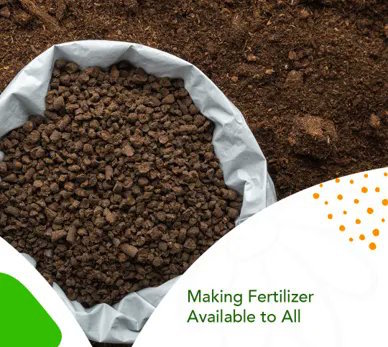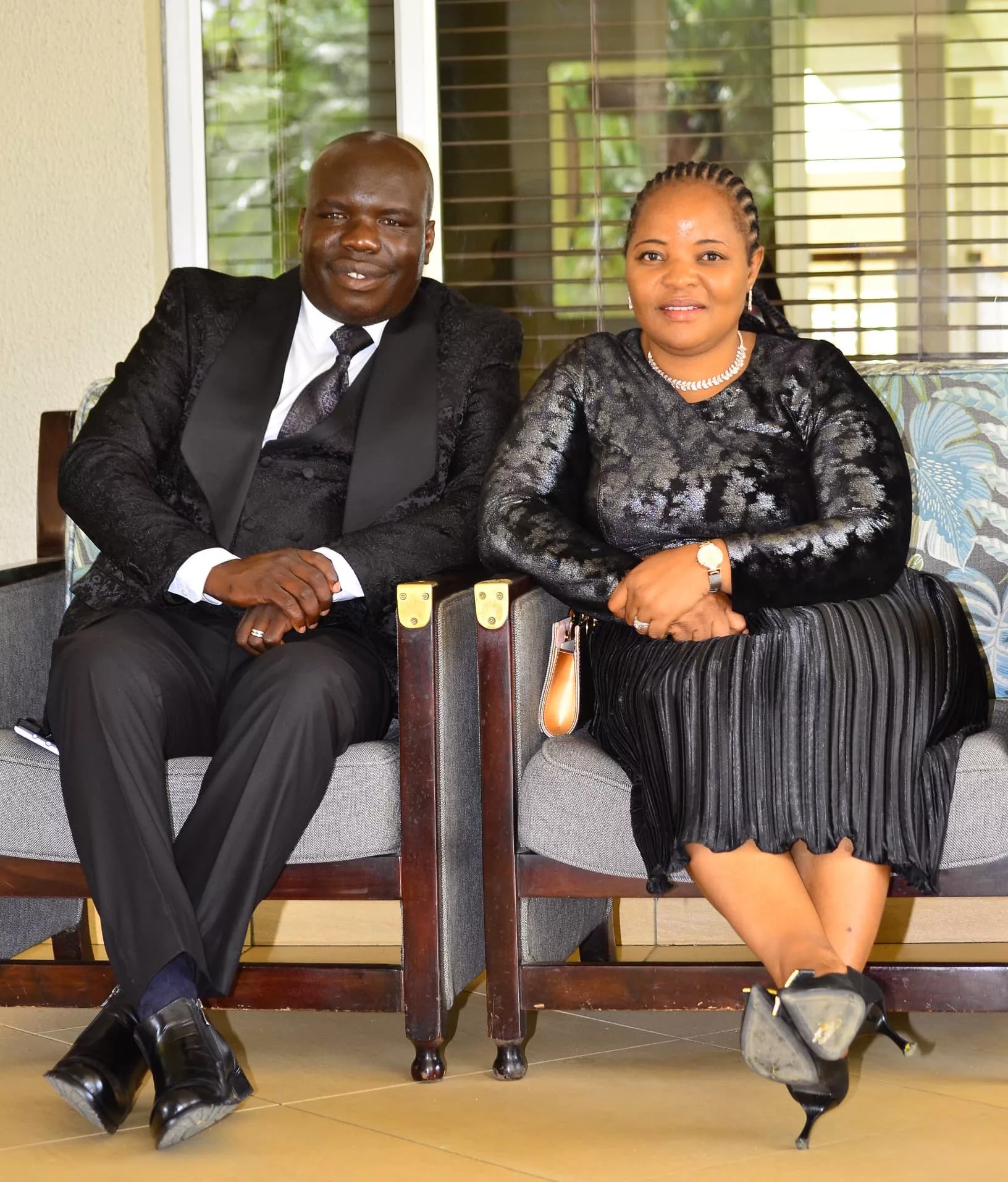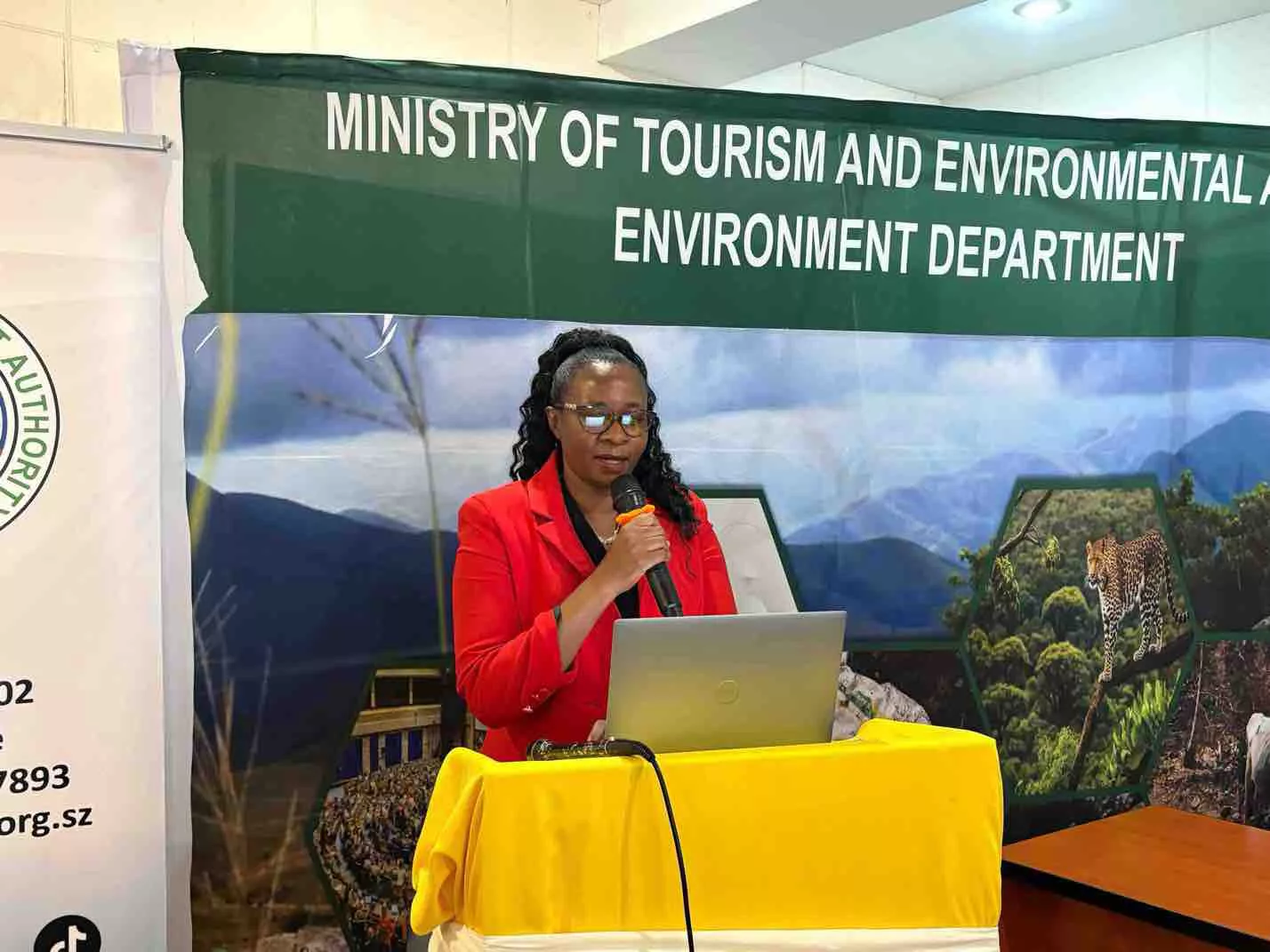|
Getting your Trinity Audio player ready...
|
By Mathew M. Abang (Ph.D., MBA)
One of the main constraints to food security, poverty alleviation, and economic growth in the SADC region is low agricultural productivity, which is partly attributed to the underuse of fertilizers that are at times of poor quality. An adequate supply of, and access to, good quality fertilizer that is appropriate for the soil and crop nutrient needs at reasonable prices and in a timely manner is a challenge to most smallholder farmers in the region. This challenge was recently exacerbated by the Russian-Ukraine conflict which has resulted in a limited supply of fertilizer in the region.
A major challenge of fertilizer use in Southern Africa is that countries are at different stages of development and therefore their fertilizer policy and regulatory frameworks are at different stages of maturity. Disharmonious policies, standards, laws, and procedures have served as an impediment to regional trade in fertilizers. However, the establishment of a regional market is necessary for the development of more viable and sustainable fertilizer markets in the region. Mutual recognition of fertilizer registration, for instance, will ease the movement of fertilizers across borders and allow the development of more efficient procurement and distribution channels across the region due to the attendant economies of scale. The enhanced movement of fertilizers across borders will also increase the availability of more affordable fertilizers of the right quality in a timely manner for farmers.
The development of a regional market requires the establishment of a regional regulatory framework that promotes fertilizer trade within the region by harmonizing fertilizer standards and putting in place mutually acceptable measures that will ease trade within the region. It is to this end that, in partnership with FAO and AFAP, SADC has facilitated a highly consultative process at national and regional levels that have culminated in the development of a harmonized fertilizer regulatory framework (HFRF) that will facilitate the setting up of regional standards for fertilizer and set parameters to ease trade within the region. This will lead to improved access by farmers to reasonably priced fertilizers of good quality.
To develop the SADC HFRF, stakeholder consultations and situational analyses were conducted that resulted in the production of two reference documents: (1) a regional synthesis report that provides a situational analysis of fertilizer markets in the 16 SADC Member States covering the use, distribution and trade of fertilizer in the region as well as the quality issues; (2) a report that reviews the legal framework and national regulations used to govern and monitor fertilizer use, quality, and trade in the region and recommendations on how to address the gaps and challenges for each country. These two documents were used to develop the harmonized fertilizer regulatory framework (HFRF).
The buy-in, adoption, and implementation of the HFRF highly depend on the understanding of the benefits and the ownership by the Member States. It is also dependent on the development of agreed technical guidelines that will provide the means to domesticate and implement the regional HFRF at the national level. As part of the consultative process, fertilizer experts representing the SADC Member States met in South Africa and reviewed the existing procedures, standards, and guidelines as the basis for the development of regionally harmonized guidelines for implementation of the HFRF at the regional and national levels. The technical guidelines are the instruments that countries will adapt at the national level to domesticate and implement the HFRF to suit their local contexts while ensuring alignment with the regional framework.
To support the implementation of the HFRF, the Southern Africa Fertilizer Program (SAFP) has been developed that spells out the strategy and implementation plan to be used to address the gaps and challenges identified and recommendations made by the two regional situational reports. The development objective of the program is to sustainably increase the regional supply, distribution, and use of appropriate, affordable fertilizers of high quality in the SADC region. Its overall goal is to contribute to improved sustainable agricultural productivity and inclusive growth in the region.
The SAFP is particularly timely given the current global context of disrupted fertilizer supply chains which has resulted in high fertilizer prices. As a result, the availability of fertilizers from global markets to smallholder farmers in Southern Africa is even more constrained than usual, and where is it available the price is completely unaffordable hence putting fertilizer completely out of their reach. The global situation is likely to continue for the foreseeable future and therefore action needs to be taken to ensure that smallholder farmers have access to this critically important productivity-enhancing input. Key activities that will need to be amplified in the region in this regard are investments to substantively increase fertilizer production in Africa and interventions to dramatically improve fertilizer use efficiency. The SAFP has components that include both of these two activities.
This objective will be achieved through the accomplishment of three action areas related to establishing: a) an enabling regulatory environment that promotes private sector supply and distribution of quality fertilizer and regional trade; b) a competitive, private-sector-led, and efficient marketing system; c) an effective demand for appropriate fertilizers. The program will focus on implementing activities at the regional level under key component areas. The accomplishment of the activities will hinge on country-level cooperation with the collective decisions made at the regional level for key activities. However, countries will also be able to identify their own priorities and national programs and coordinate implementation with the relevant regional-level activity.
The program aims to use a multi-pronged approach targeting all levels of the fertilizer supply chain to enhance the ability of strategic actors from the public and private sectors to improve the business and regulatory environment and transition to a private-sector-led regional fertilizer market that responds to effective demand for fertilizer of good quality in Southern Africa. In so doing, it seeks to achieve three major results: (1) fertilizer policy and regulatory systems across Southern Africa improved, harmonized, and domesticated in accordance with the Harmonized Fertilizer Regulatory Framework; (2) competitive, inclusive, private sector-led regional fertilizer market strengthened; and (3) comprehensive fertilizer packages developed and disseminated. The multi-pronged approach will be applied in the regional context of challenges and opportunities using strategic public-private partnerships that will need to be developed to implement the requisite activities for attaining regional impact during the life of the program and achieving the expected results. Apart from partnerships, the program will have a strong emphasis on the environmental, gender, and youth dimensions of fertilizer sector development.
The HFRF project has been presented at SADC Ministerial, Council, and Summit meetings, and all have indicated their support as the regional supply of fertilizer has adversely been affected by the ongoing war in Eastern Europe. SADC policy structures have reiterated the need to finalize the development of the HFRF in a timely manner. The HFRF Memorandum of Understanding was validated by the SADC Member States in July 2022. The next step entails the finalization and validation of the technical agreements that will guide the implementation of the HFRF as well as facilitate the process of alignment of national regulations to the HFRF. The project will also lead to the establishment of a SADC Fertilizer Technical Committee to institutionalize the implementation of the Framework. The Committee will coordinate and monitor the implementation of the framework at regional and national levels.
The high-level participation and buy-in of Member States as well as the strong public-private partnership in the development of the HFRF is clear evidence of the relevance and importance of harmonized fertilizer regulation in the SADC region. Having been involved in the project from its inception, countries are more likely to domesticate the regional framework and integrate its provisions into their national fertilizer regulatory frameworks. This will accelerate and strengthen efforts to improve fertilizer quality control and enforce fertilizer standards in the region, thus ensuring that farmers have timely access to good quality and appropriate fertilizers.
Mathew M. Abang (Ph.D., MBA) is the Plant Production and Protection Officer, Sub-regional Office for Southern Africa – Food and Agriculture Organization of the United Nations (FAO)






